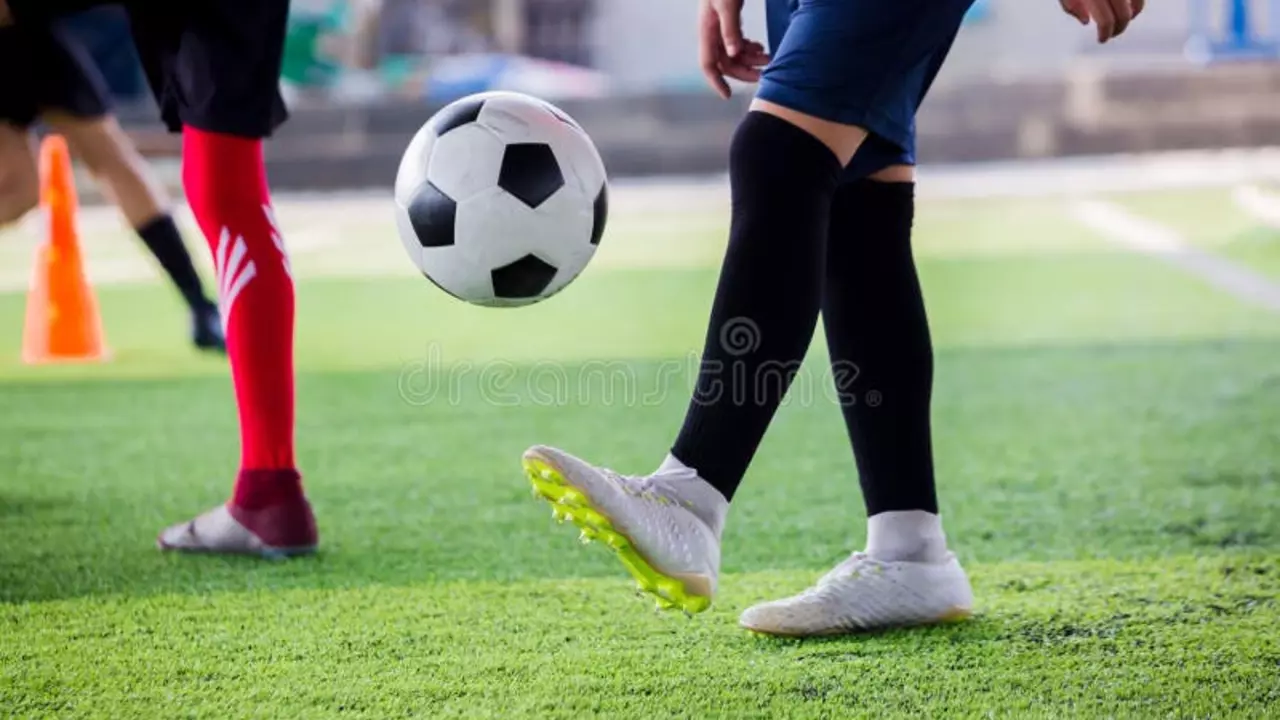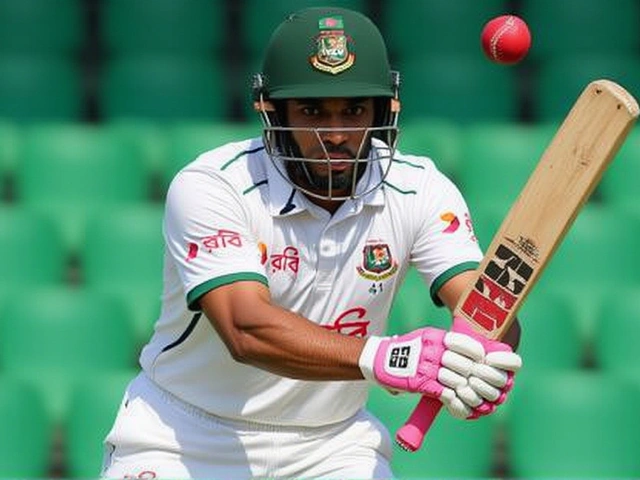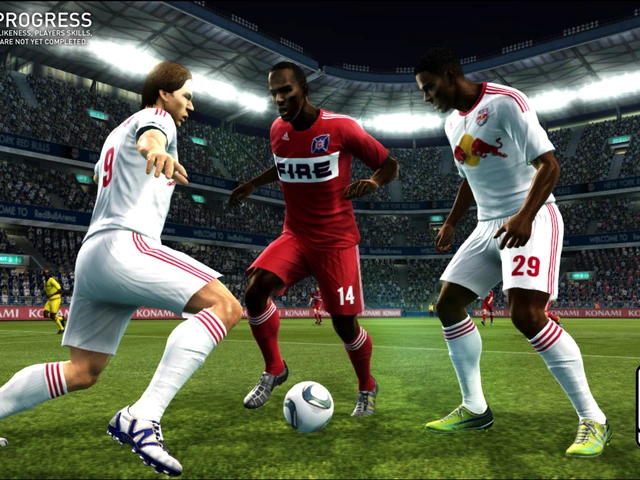Soccer Training Made Simple: Tips, Drills, and Real‑World Advice
Ever wondered why some players seem to improve overnight while others stagnate? The secret is often a solid training routine that focuses on the right skills. In this guide we’ll break down easy‑to‑follow drills, everyday habits, and a few insider nuggets from the soccer world – all written in plain English.
Core Drills Every Player Should Master
Start with the basics. A good warm‑up gets the blood flowing and cuts injury risk. Try a 5‑minute jog followed by dynamic stretches like leg swings and hip circles. Then move into ball‑touch drills:
- Inside‑Outside Touches: Stand in a small square, tap the ball inside your right foot, then the left. Keep the ball moving for 30 seconds, rest, repeat three times.
- Cone Weaving: Set up five cones 3 m apart. Dribble through them using both feet, focusing on close control. Do two rounds each foot.
- One‑Touch Passing: Pair up, stand 10 m apart, and pass the ball using only one touch. Add a second ball after you get comfortable.
These drills build footwork, control, and confidence – the three pillars of good training.
Adding Soccer‑Specific Fitness
Fitness isn’t just about running long distances. Soccer demands short bursts of speed, quick changes of direction, and solid core strength. Here are three quick exercises you can slot in after your skill work:
- Sprint Intervals: Sprint 20 m, jog back, repeat five times. Rest 30 seconds, then do two more sets.
- Box Jumps: Use a sturdy box or step, jump up, land softly, and step down. Aim for 10 reps, three sets.
- Plank Variations: Hold a standard plank for 45 seconds, then switch to side planks for 30 seconds each side.
Combine these with the skill drills three times a week and you’ll notice sharper movement on the pitch.
Beyond drills, keep an eye on what soccer agents and professionals say about training. Agents often stress the importance of consistency over flashiness – a steady routine beats occasional high‑intensity sessions. They also recommend recording your training videos to spot tiny errors, a tip many top players use.
Thinking about gear? A well‑fitting soccer jersey can actually help performance. Choose a breathable jersey that wicks sweat and let it move freely with your body. Pair it with comfortable shorts and proper cleats for the best results.
If you’re looking for extra motivation, streaming live matches can show you the drills in action. Watching professional games helps you see how the skills you practice translate to real‑world situations. Websites that stream free live soccer give you access to a variety of playing styles and tactics.
Finally, remember that soccer training isn’t a one‑size‑fits‑all. Adapt drills to your position – defenders need more tackling and heading practice, midfielders focus on passing combos, and forwards work on shooting and quick turns. Adjust your fitness work to match the physical demands of your role.
Stick to this routine, stay patient, and you’ll see measurable improvement. Soccer is a game of small, repeated actions; the more you train smart, the faster you’ll get better.



